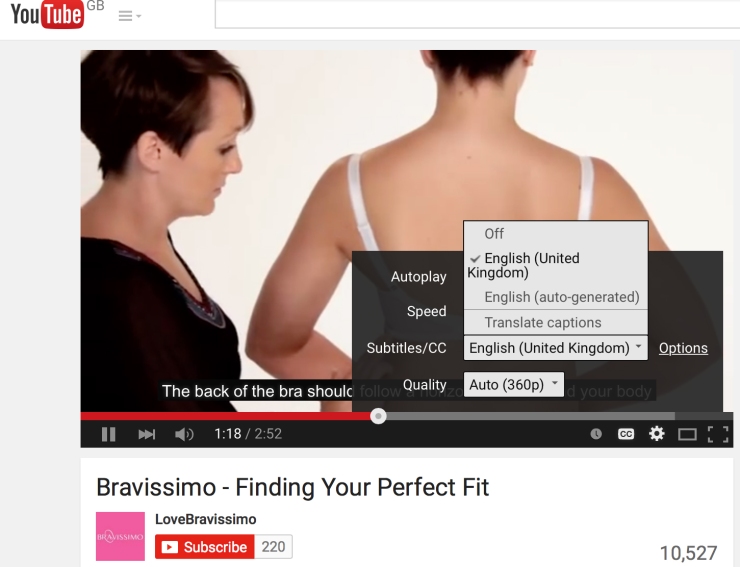Social media platforms have proven recently to be significant tools in assisting individuals in accomplish participatory activities such as collaborating with other digital users, participating in movements and bringing civic issues to the forefront of society within a digital space. Movements such as the women’s march prompted individuals to tweet their input and engage in the discourse that surrounded the issue of gender inequality through the #womensmarch hashtag on Twitter.
ABC’s Ramp Up is another example of how digital technologies provide spaces for participatory culture through the perspective of the disabled community. The purpose of the website was to provide a digital environment that enabled users who have disabilities to participate in mediated discussions. In addition, editor of the said website, the late Stella Young stated in 2011 that it is also a space where the disabled community could share ‘stories.. truths [and] resources to ramp up the conversation about disability in Australia’ (Ellis & Goggin 2015). One of the topics that they discussed in the Ramp Up website was inaccessibility to digital media for people with disabilities. Ellis and Goggin (2015) argues that the view towards disability is in relation to social structure, meaning that disabled people would not be considered disabled if there weren’t unnecessary barriers in society that prevent them from doing day-to-day activities.
Although some able-bodied users have the digital literacy and ability to participate in online communities, there are other users within the same community that may not have the same opportunities or have design barriers that affect their online participation (Jenkins, Ito & Boyd 2015). For example, blog posts may not include alternative text for featured images, which makes it difficult for users with hearing disabilities who depend on screen readers to help them understand the posts. Another example includes youtube videos not including closed captions (CC). Besides users who are deaf, other users with intellectual disabilities that belong in the autism spectrum might prefer CC when they watch videos as they may be sensitive to sound. Crowdfunding campaigns held within the Kickstarter platform are a clear depiction of participatory culture, where one instance showed the digital community donating funds towards initiatives to make platforms such as Twitter more accessible.

The prevalent inequity that exists within the digital sphere can be addressed through participatory culture, where collective actions have the potential to make more digital technologies accessible and promote digital inclusion (Lussier-Desrochers et al. 2017) As digital technologies advance, the need to digitally include users with disabilities increases. In order decrease the gap caused by digital exclusion, we must address the digital limitations through active participation and take collective action with the users who are affected it.
References
Ellis, K. & Goggin, G. 2015, ‘Disability media participation: Opportunities, obstacles and politics’, Media International Australia, vol. 154, no. 1, pp. 178-88.
Jenkins, H., Ito, M., & boyd, d. 2015, ‘Defining participatory culture’, Participatory culture in a networked era: a conversation on youth, learning, commerce, and politics, Polity Press, Cambridge, pp. 1-31.
Lussier-Desrochers, D., Normand, C. L., Romero-Torres, A., Lachapelle, Y., Godin-Tremblay, V., Dupont, M.-È., Roux, J., Pépin-Beauchesne, L., & Bilodeau, P. 2017, ‘Bridging the digital divide for people with intellectual disability’, Cyberpsychology: Journal of Psychosocial Research on Cyberspace, vol. 11. no. 1, pp. 1-21.
